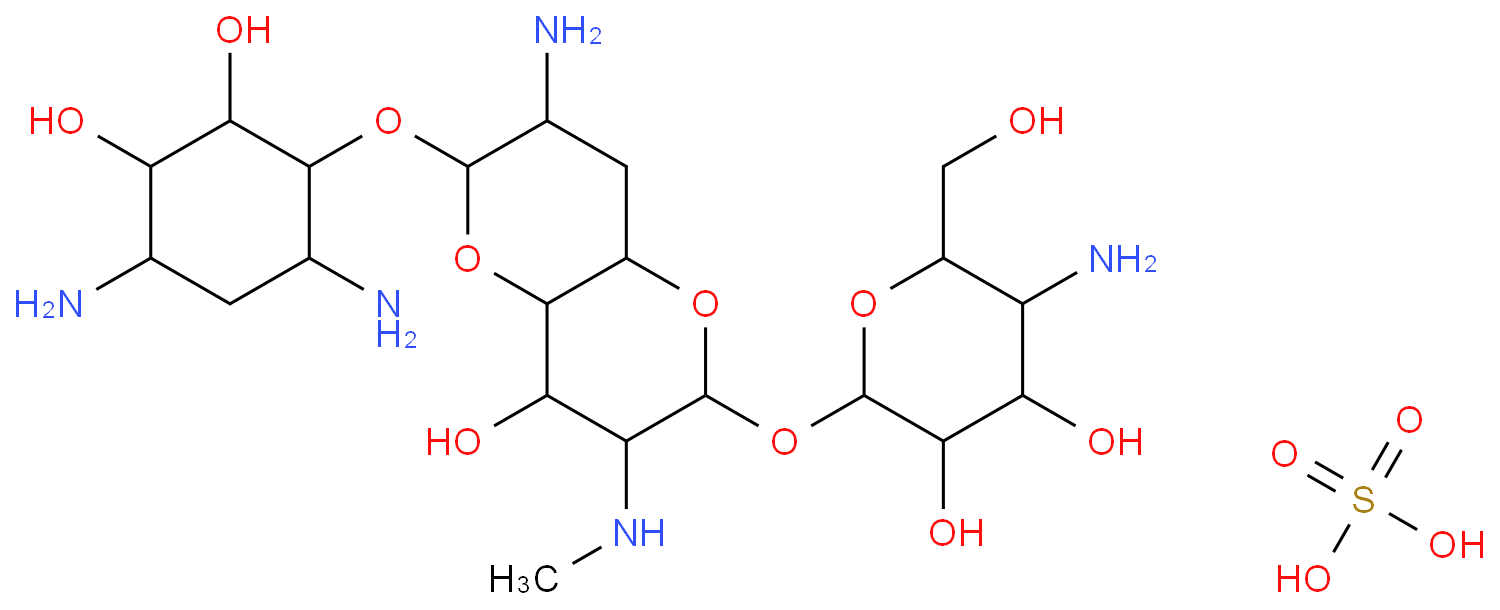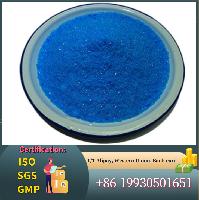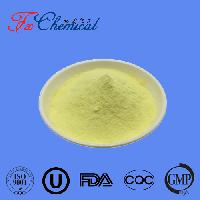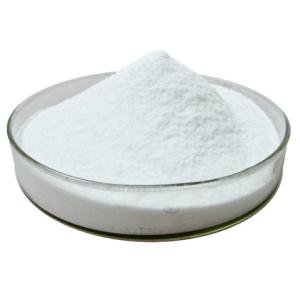Apramycin sulfate, with the chemical formula C21H41N5O11S and CAS registry number 41194-16-5, is a compound known for its antimicrobial properties. This antibiotic is derived from the bacterium Streptomyces tenebrarius and is commonly used in veterinary medicine to treat bacterial infections in animals. Apramycin sulfate works by inhibiting protein synthesis in bacteria, specifically targeting the 30S ribosomal subunit. It is effective against a wide range of gram-negative bacteria, including Escherichia coli and Salmonella. Apramycin sulfate is not approved for use in humans and is primarily used in livestock and poultry production. It is important to note that the use of antibiotics in animal agriculture raises concerns about the development of antibiotic resistance. Therefore, the responsible use of apramycin sulfate is crucial to mitigate these risks and preserve the effectiveness of this compound for future use.
View more+
1. Names and Identifiers
2. Use and Manufacturing
3. MSDS
4. NMR Spectrum
5. Computed Properties
7. Related Questions
8. Realated Product Infomation

 EN
EN





